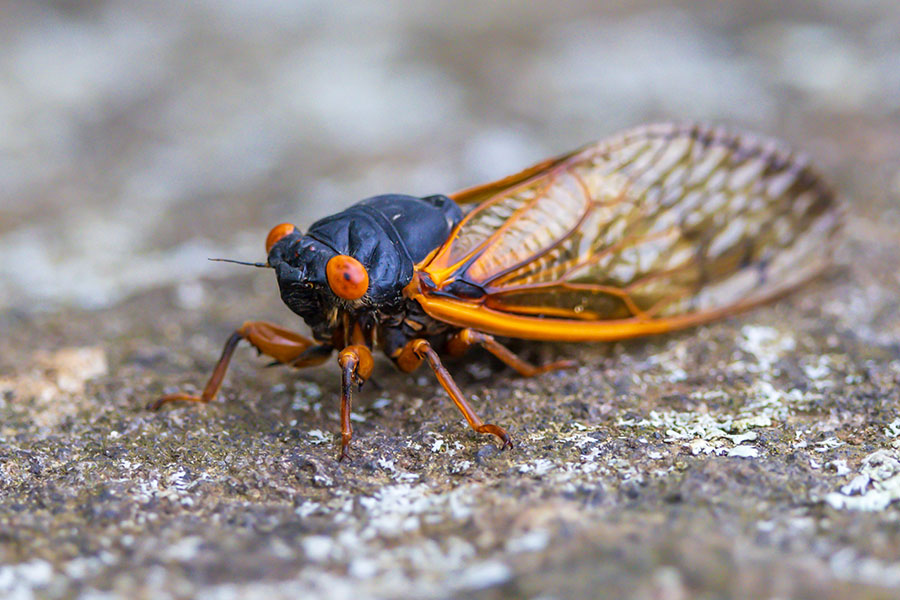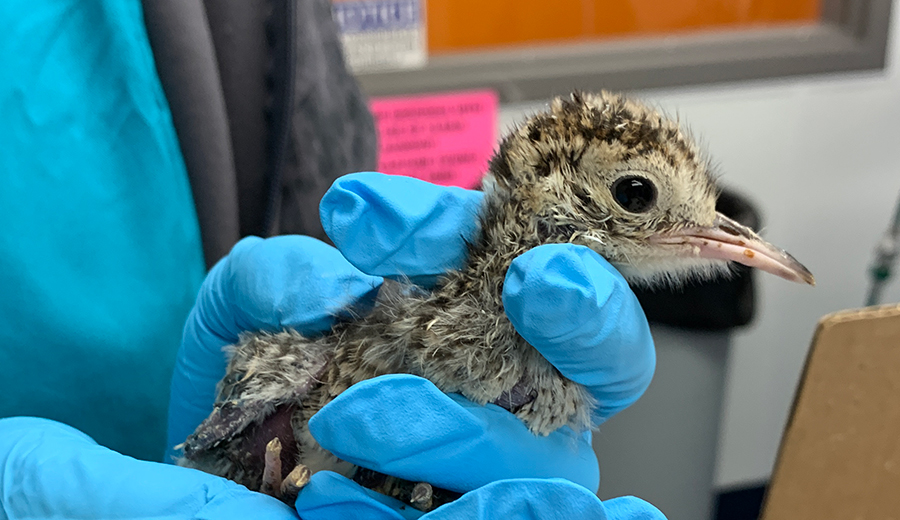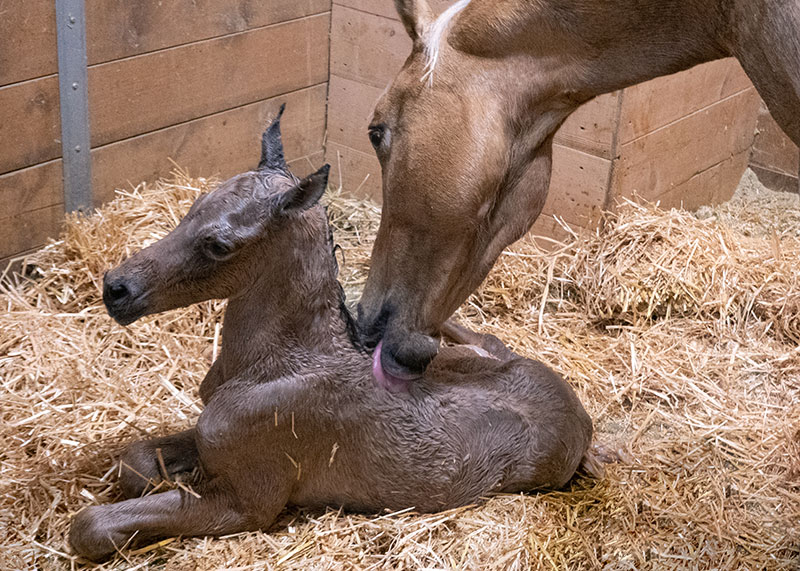Heat stroke requires immediate medical attention
The approach of summer brings a spike both in temperatures and in cases of heat stroke in dogs. Dr. Maureen McMichael, a boarded emergency and critical care specialist who heads the emergency service at the University of Illinois Veterinary Teaching Hospital in Urbana, urges owners to acclimate their dogs to the increasing heat before engaging them in strenuous exercise.
![[Dr. Maureen McMichael examines a patient]](https://vetmed.illinois.edu/wp-content/uploads/2021/04/pc-heatstroke2-mcmichael.jpg) “Heat is bad, and exercising in the heat is very, very bad,” warns Dr. McMichael. “Many heat strokes happen in early spring on a warm day, when owners take their previously inactive pet on a run.”
“Heat is bad, and exercising in the heat is very, very bad,” warns Dr. McMichael. “Many heat strokes happen in early spring on a warm day, when owners take their previously inactive pet on a run.”
Take It Slow
She advises re-introducing your dog to heat and exercise gradually. “When it is warm, take them on a walk rather than a run. Never, ever force them to exercise. Always err on the side of stopping, wetting them down with cool water from a hose, and giving them cool water to drink.”
Simply being overheated is referred to as heat exhaustion. Dr. McMichael says if this happens, “dogs will often slow down, pant a lot, and sometimes stop running, if they are on a run.”
Heat stroke, in contrast, is a serious condition that involves significant damage to organ systems, such as the liver, blood, and bone marrow. It requires immediate medical attention.
Signs of Heat Stroke
Dogs with heat stroke may have bloody diarrhea related to damage to the lining of the intestine, and they may bleed from wounds because the coagulation system is impaired. Damage to bone marrow may hinder the formation of platelets. Heat stroke can also cause brain swelling, seizures, and death.
If you suspect your dog is experiencing heat stroke, your first step should be to cool the dog down with cool water. Ideally, place a fan near the wet dog to accelerate the cooling. Then call your veterinarian.
“The faster you cool the dog, the better chance he has of surviving,” says Dr. McMichael. “And if you are using water from a hose, be sure that the water is cool before spraying the dog. When the hose has been sitting in the sun, the water may be very hot.”
Treatment for Heat Stroke
Veterinary treatment will continue the effort to lower the dog’s body temperature and then attempt to reverse the systemic damage done by the heat. The veterinarian will generally place an intravenous catheter to administer cool fluids. Treatment to address other consequences of heat stroke may include giving a blood transfusion or gut protectants and providing supportive care.
Some pets are more sensitive to heat than others.
“Dogs don’t sweat like people do. They use panting to cool themselves, so dogs that have trouble breathing are going to be more susceptible to heat stroke,” says Dr. McMichael. “Dogs that are obese, and dogs that have flat faces, such as boxers and bulldogs, are at higher risk of heat stroke.”
As you and your furry friend begin to enjoy the warm weather, don’t forget the importance of a cool drink of water and a break in the air conditioning. Even after your pet is accustomed to summer heat, avoid exercise during the hottest times of the day, offer plenty of breaks, and be on the lookout for signs of fatigue or illness.
If you have questions about heat stroke in dogs, contact your local veterinarian.
By Hannah Beers
Photo of Dr. McMichael with a patient by L. Brian Stauffer

![[pet column - heat stroke]](https://vetmed.illinois.edu/wp-content/uploads/2021/04/pc-heatstroke-mcmichael.jpg)


